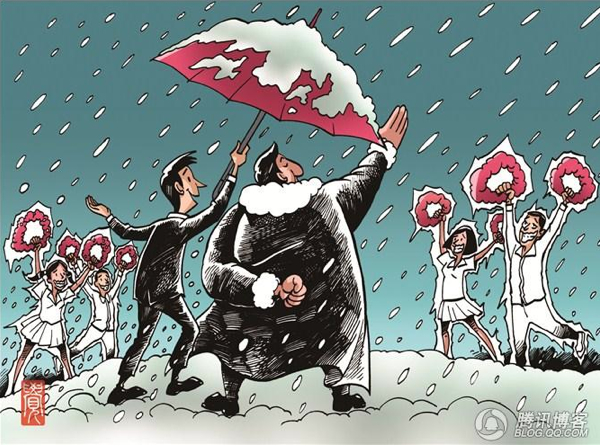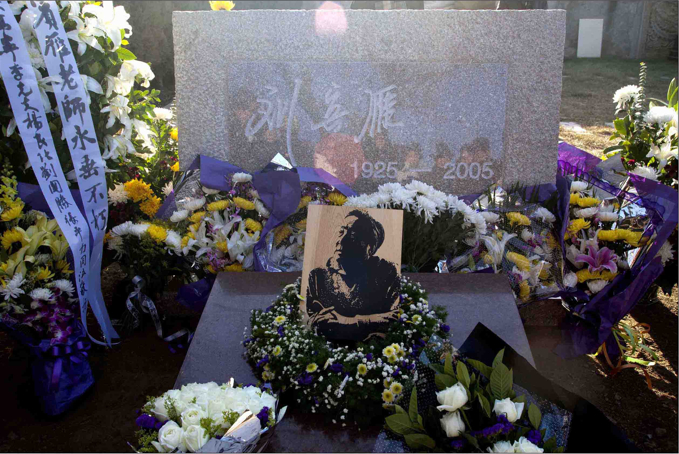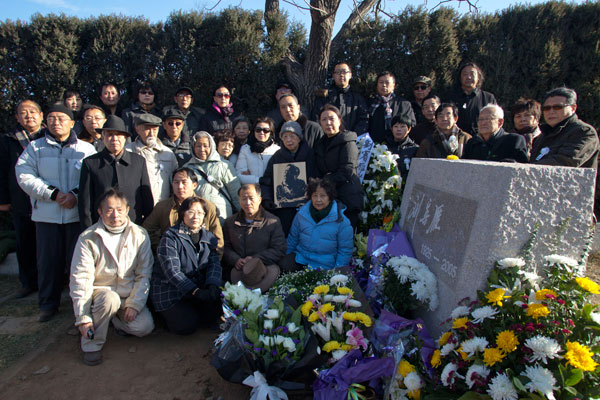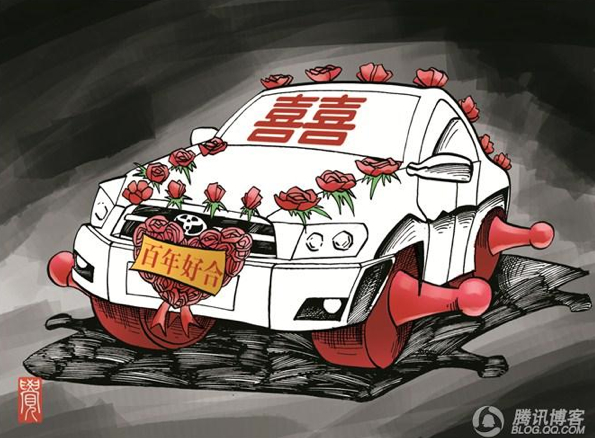All sorts of things require permits and approvals in China, things that in other countries are done without the least involvement or interference by the government. In our country, for example, women must first obtain “birth permits” before a child can be brought legally into the world. Legacies of the planned economy, these permit systems are perpetuated today by special interests who are personally enriched by the bureaucracies they create. But these “birth permits” seriously hold us back — and nowhere is this more evident than with our higher education system.
For three years now preparations have been in the works for a new university in Shenzhen. Modeled on the nearby Hong Kong University of Science and Technology (HKUST) — and having already signed a cooperative agreement with the top-ranking Hong Kong institution — Nanfang University of Science and Technology has pledged to operate with a non-bureaucratic style and could serve as a new model of higher education in China. The new university’s president has been hired. The financing for the university is in place. The faculty are all there and ready to teach. Even the first class of 50 students have been enrolled, and are due to begin classes on March 1 this year.
But the university’s “birth permit” has yet to be approved by authorities at China’s Ministry of Education. Imagine a woman who is nine months pregnant. Her water has broken. But because of a bureaucratic hold-up, she has no birth permit in hand, and she is told her child must remain pent up in her womb for the time being.
The lack of approval is a major hurdle for Nanfang University of Science and Technology (NUST). Without its “birth permit,” the university cannot formally award degrees to its graduating students. Why? Because all degrees in China, regardless of which university they are from, are conferred by the Ministry of Education. The role of our universities is simply to pass diplomas on to students.
In this sense, there is only one university in China — the University of the Ministry of Education. All of the other institutions we refer to as universities are really just branch campuses of this one main university.
This is a legacy of state economic planning and an awkward distinction China has from higher education in the rest of the world. Economic reforms have gone ahead for 30 years, and in most sectors of our economy people clamor to make sure they are recognized as part of the market economy, operating according to its principles.
It’s only in higher education that the whiff of centralized planning is still so strong. Nearly all aspects of higher education are subject to approval and planning by the Ministry of Education — administrative evaluations, undergraduate evaluations, research student evaluations, facility evaluations. Even the design of degree programs, procedures for student recruitment, postgraduate admissions standards (for national examinations) and postgraduate examination papers are set or approved by the Ministry of Education.
Right before our eyes, in much the same way as our cities are all beginning to look alike through the latest feverish round of urbanization, all of the universities across our country are rapidly being homogenized.
No one in the world does things like we do. Every university in the world issues its own diplomas. Only in China are diplomas conferred instead by a government ministry. Not only that, but historically our universities issued their own degrees. Universities during the Republican Era, such as Tsinghua University, Peking University, Nankai University and Southwest Associated University (西南联大) — universities we now generally believe to have been excellently established — all conferred their own degrees.
Why do we insist on swimming against the current of history and world norms? And why do our universities have such a fear of the market?
This bureaucratic university system of ours, so powerful in the sense that it holds all the assets of national higher education in its hands, is actually very weak. When a handful of universities in Hong Kong began recruiting mainland students a few years ago, our finest universities, Peking University and Tsinghua University, trembled in their boots. This is the root of the fear that has held back approvals for the new Nanfang University of Science and Technology. If just a handful of universities like the Hong Kong University of Science and Technology were to appear on the mainland landscape, they would not only suck away the best students, but the best professors would quickly follow.
For our puffed up university system, which has grown complacent playing by its own game rules, Nanfang University of Science and Technology poses a major challenge. No one in Chinese higher education would dare openly oppose its approval by the Ministry of Education. That, after all, might invite scandal in the age of the Internet and the microblog. But they can apply pressure behind the scenes, pushing approval of NUST’s “birth permit” further and further into the future, until the child dies in the womb.
Responding to the constant foot-dragging over the approval, NUST president Zhu Qingshi (朱清时) told media recently that Nanfang University of Science and Technology will wait no longer. If they don’t receive approval from the Ministry of Education for the conferment of degrees, he said, they’ll issue their own diplomas instead.
This puts NUST in a risky position. It’s possible that from this point on it will be impossible for the university to get its permit approved. It might become a “black university” operating outside of the state system, and its graduates might be unable to claim their degrees when applying for all sorts of positions, government or otherwise. If, on the other hand, the university does indeed successfully come into the world without government approval, this will have a different sort of ripple effect, encouraging others to jump ahead with their own experiments in open opposition to the Ministry of Education.
What we need instead is serious reform, an institutional rethink of how higher education operates in China. On the surface, the obstacles reform has run up against in China are ideological in nature. But in fact they all have to do with resistance from vested interests. Our education sector today is ripe with opportunities for special interests to line their pockets. So long as the system remains in place, these opportunities will abound.
But must we all be educated inside this dark crucible? Unless this crucible is broken, there will be no hope for universities in our country.
This is a translated and edited version of an editorial first appearing in Southern Metropolis Daily.





